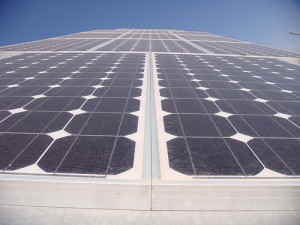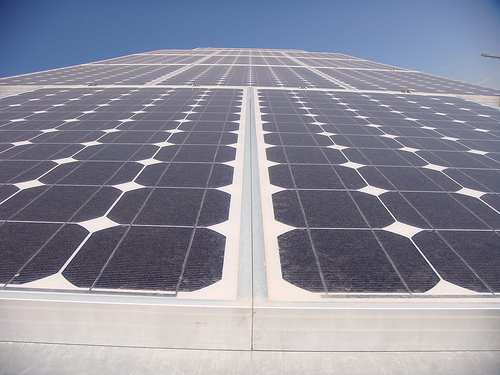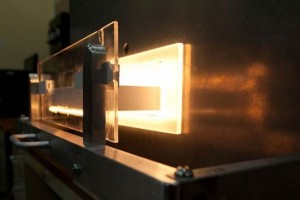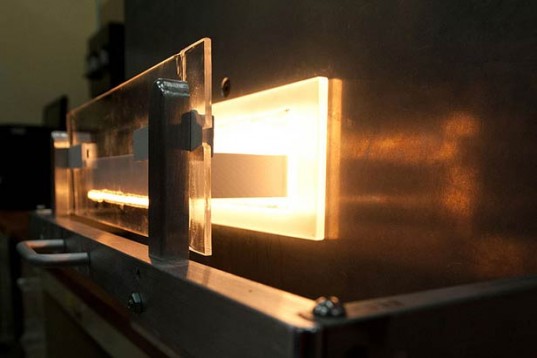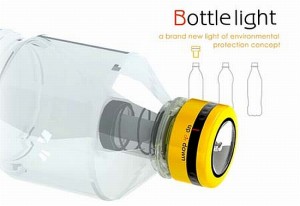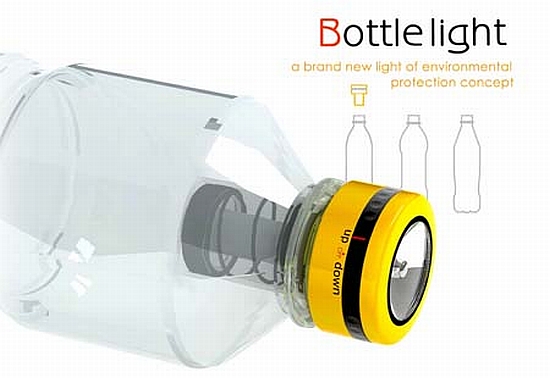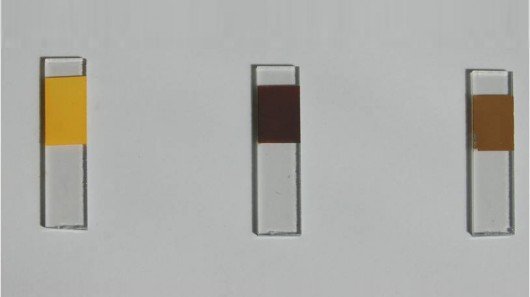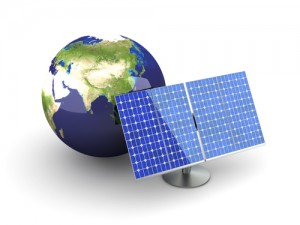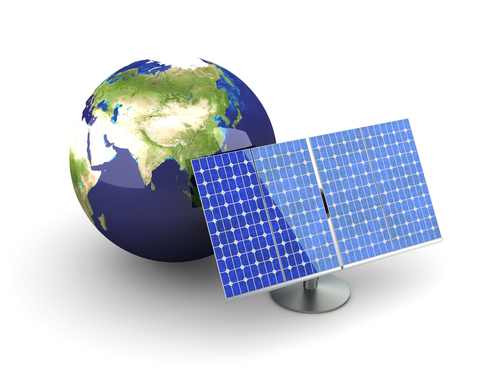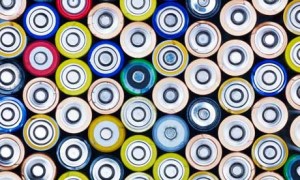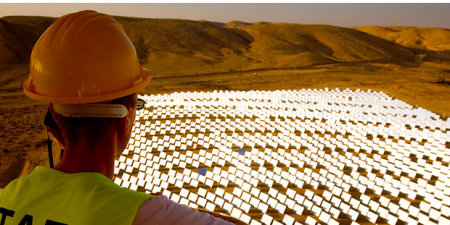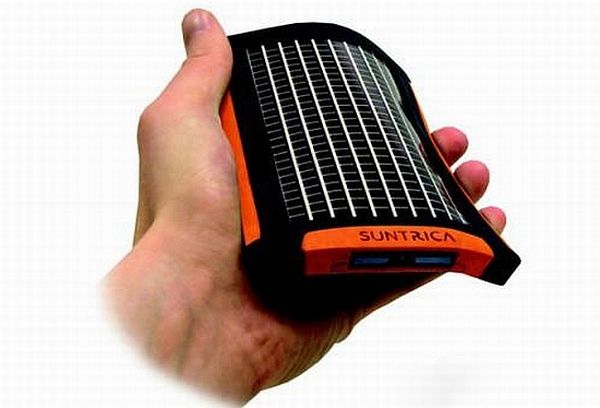What if generating solar energy at home required little more than mixing some grass clippings with inexpensive chemicals? That’s exactly what MIT researcher Andreas Mershinhas found to be the case. The scientist says creating a solar cell could be as easy as mixing any green organic material (grass clippings, agricultural waste) with a bag of custom chemicals and painting the mixture on a roof. Once the efficiency of Mershin’s system is improved, this type of solar technology could make cheap energy available in rural places and developing countries where people don’t have access to affordable energy. Read on to see a video of Mershin’s findings

 Follow
Follow